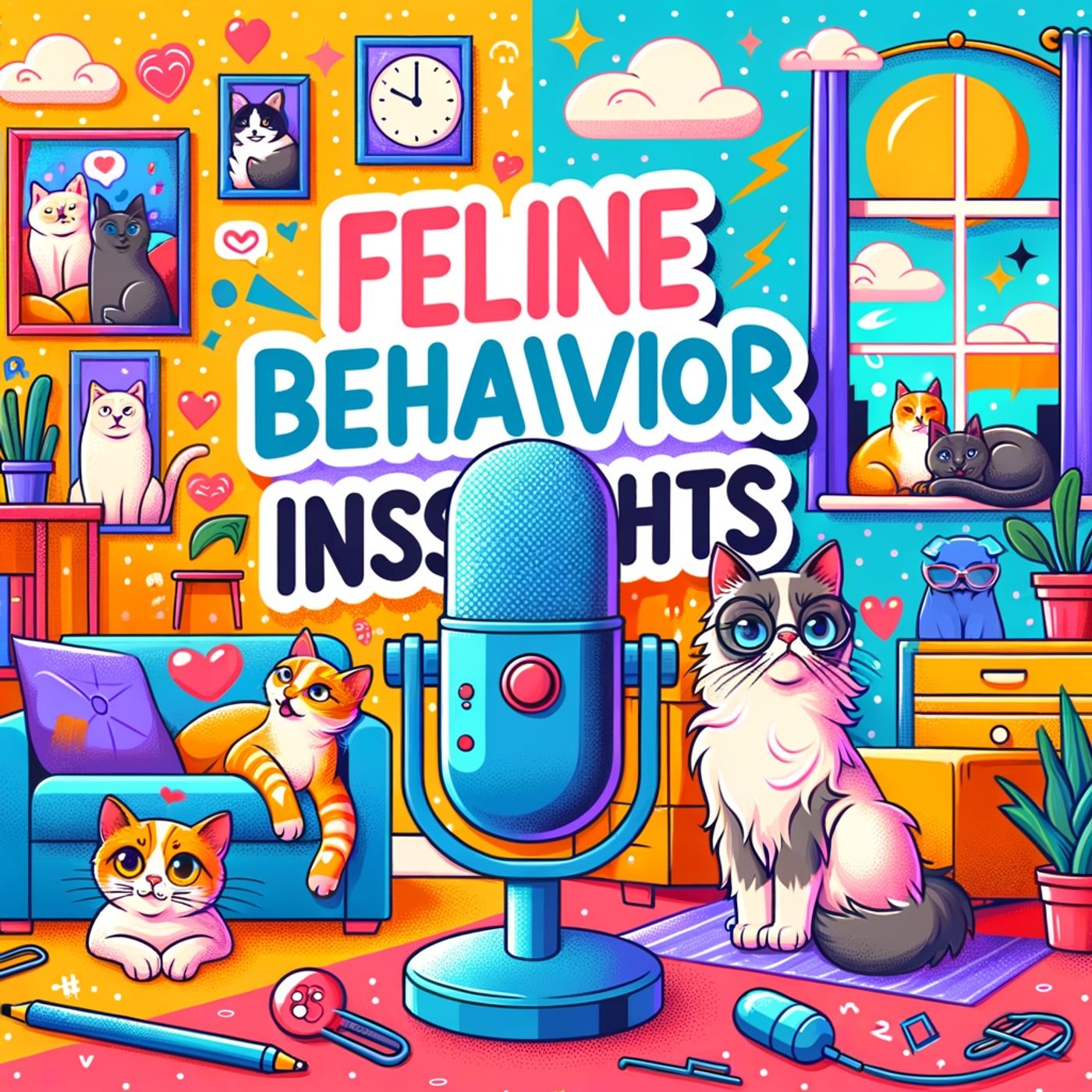Podcast Episode Details
Back to Podcast Episodes
Decoding Cat Body Language: Unlocking the Secrets of Feline Communication
Feline behavior is a fascinating blend of instinct, subtlety, and communication. Listeners might notice that cats use their bodies to speak volumes, with posture being one of the most revealing clues. As described by Tuft and Paw, cats evolved as both predators and prey, so their body language reflects both confidence and caution. For example, a cat sprawled out and exposing its belly is showing it feels safe and unthreatened, while a curled-up, tense pose suggests unease or even pain.
Cat tails can almost be read like mood meters. Express Vets notes that an upright, relaxed tail usually means a cat is confident and happy, perhaps even inviting interaction. On the other hand, a puffed-up tail signals fear or agitation, as the cat tries to appear bigger. If the tail is tucked low or between the legs, this is a sign of anxiety or submission, and the best move is to give the cat some space.
Tail movement also provides clues. PetMD explains that a tail held high often means a cat is feeling friendly or curious, while an aggressively swishing tail may mean the cat is irritated or upset. A gently quivering tail can be a sign of happy excitement or an affectionate greeting.
Ears are another giveaway. Calm, happy cats have upright, forward-facing ears. When ears flatten back against the head, it often signals fear, defensiveness, or even anger. If ears swivel from side to side, the cat might be curious, alert, or just a bit uncertain, picking up on new sounds or smells in the environment.
Cat communication isn’t just about moving parts, but also about facial expressions. Slow blinking is known as the “cat kiss,” and according to PetMD, it’s a mark of trust and affection—try returning the gesture to build more rapport with your feline friend. Direct, hard stares, on the other hand, can show territorial challenge or alertness toward potential threats.
Play behaviors can puzzle people too. MedVet Blog points out that when cats knock objects off tables, they aren’t simply being mischievous—they’re invoking their hunting instincts, chasing after the movement of an object as if it were prey. Similarly, when cats knead with their paws, it’s a throwback to kittenhood and is a sign of contentment or affection. Head bunting, or gently rubbing their head against someone or something, is both a greeting and a way to mark territory, using special scent glands on the head.
Not every behavior is social; sometimes cats are simply caring for themselves. Grooming keeps their coats healthy and is also a way to self-soothe or relax. Occasionally, changes in cat behavior indicate illness, so it’s important to pay attention to shifts in activity, appetite, or demeanor.
Understanding feline behavior requires looking at the big picture—their body posture, movements, facial cues, and the context around them. By tuning into these signals, listeners can enjoy deeper bonds and fewer misunderstandings with their cats.
Thank you for tuning in and remember to subscribe. This has been a quiet please production, for more check out quiet please dot ai.
For more http://www.quietplease.ai
Get the best deals https://amzn.to/3ODvOta
Published on 2 weeks, 5 days ago